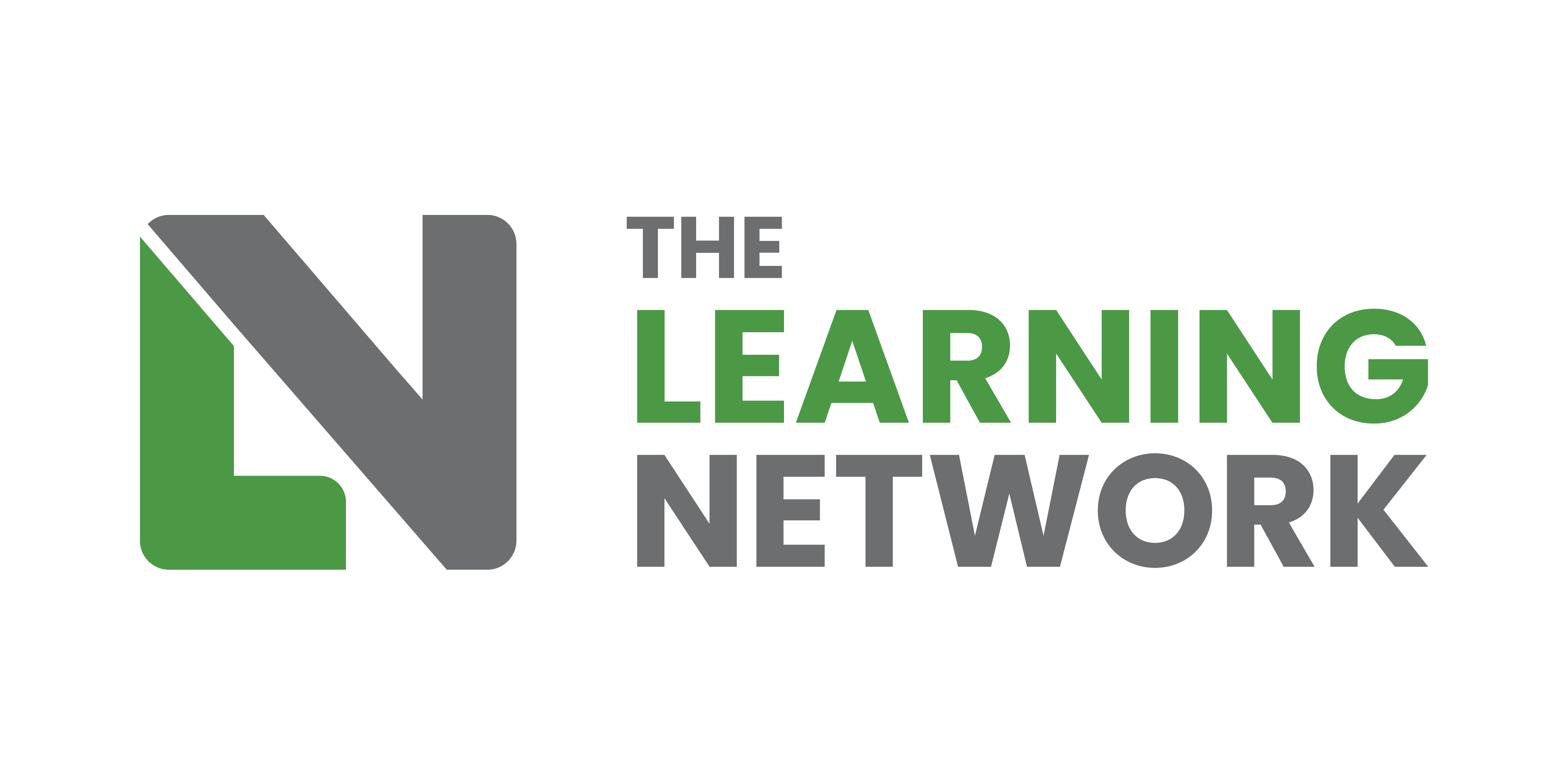By Katerina Vourlakos, Member Experience Director at The Learning Network
According to the World Health Organisation, an estimated 1.3 billion people – about 16% of the global population – experience significant disability.
In your career working in Learning and Development, you will work with colleagues or train people who have impairments or disabilities. It is important to feel comfortable discussing impairments and disabilities. This will help you support their access needs.
Some people feel uncomfortable talking about impairment and disability. Here are my top tips to talk about impairments and disabilities.
Mirror how people talk about themselves
When you first meet someone, you cannot predict their preferences. You may not feel comfortable enough to ask about terms they use to describe themselves or their impairment or disability.
Listen to how they describe themselves and try to use the same terms in the conversation.
Just ask
If you are unsure, ask the person how they would like you to describe their impairment or disability.
You can ask people before their recruitment, onboarding, or training and find out if they have any specific requirements.
If you do not want to use the terms ‘impairment’ or ‘disability’, you can talk about ‘training requirements’. In a 2020 study, students were more comfortable with terms such as having ‘additional study needs’, or ‘conditions that may affect your study’ rather than terms including ‘disability’. (Lister, Coughlan, and Owen, 2020).
Go identity-first or person-first
Language can be a contentious issue when discussing impairment and disability. There are many different perspectives on the ‘right’ words and terms to use. The official guidance and acceptable terms differ between countries.
There are two main approaches:
- Identity-first language puts the impairment first in the description. For example, a deaf person. Arguments for this approach include that it does not hide disability as a part of the person’s identity.
- Person-first language puts the person first in the description. For example, a person who is deaf. This approach aims to put the focus on the person first and foremost.
So, how do you know which approach to use? You could mirror the language the person uses themselves or ask them what they prefer.
Get informed
Being informed about impairments, disabilities and access needs will help. It will give you a context and point of reference when discussing a person’s individual requirements. According to the World Health Organization, “almost everyone will temporarily or permanently experience disability at some point in their life.”
Impairments, disabilities or access needs are often categorised as:
- Permanent – any form of impairment or disability which has lasted for at least 12 months. For example a person with vision loss which will not improve with treatment.
- Temporary – an impairment you experience for a short period of time. For example, having blurry eyesight for a few days after laser eye surgery.
Some people also talk about situational impairments. These can be momentary and affect anyone. For example trying to read a screen in bright sunlight, or being unable to hear the sound on a video because your phone speaker is broken or there is a lot of background noise.
Think differently with the social model of disability
Many people think of disability in terms of the medical model, which puts a label on a disability or an impairment. This model can lead to prejudice and stereotyping as it can focus on ‘fixing’ an impairment or disability.
More and more people are now talking about the social model of disability. In this model, people have impairments and the barriers in society, such as not having a ramp for a person who uses a wheelchair, is the cause of the disability, not the person. The focus is on the barrier and the difficulty it presents, not the person.
Include by design
When you use the social model of disability, it makes you approach things differently. You plan for accessibility from the start. It helps you identify, remove or minimise barriers from the design stage right throughout the process.
Universal Design for Learning (UDL) principles are particularly useful for this. They encourage you to think about:
- Wording – tasks should be clear and easy to comprehend.
- Complexity – tasks shouldn’t overwhelm people. They should not put people with dyslexia, mental health issues or issues with working memory at a disadvantage.
- Scaffolding – participants should be adequately prepared for and have a chance to practice activities in advance.
- Flexibility – tasks should be flexible enough for everyone to engage with them.
- Technology – tasks and assessments should work with different assistive technologies.
We should consider these things at every step of our work and whilst interacting with clients and colleagues.
Come to our accessibility mastery day
How are you talking to your learners about impairments and disabilities? What are you doing to make sure accessibility is a consideration at every stage of a project?
Come to our accessibility mastery day in Edinburgh in October and learn from accessibility experts and each other. It’s free to attend for members. If you’re not a member, you can sign up for £29 for the year.
References
Reference: Lister, K., Coughlan, T. and Owen, N. (2020) ‘Disability’ or ‘Additional study needs’? Identifying students’ language preferences in disability-related communications. European Journal of Special Needs Education, 35(5), pp. 620–635. *This study was with 723 Open University students who had disclosed disabilities.



